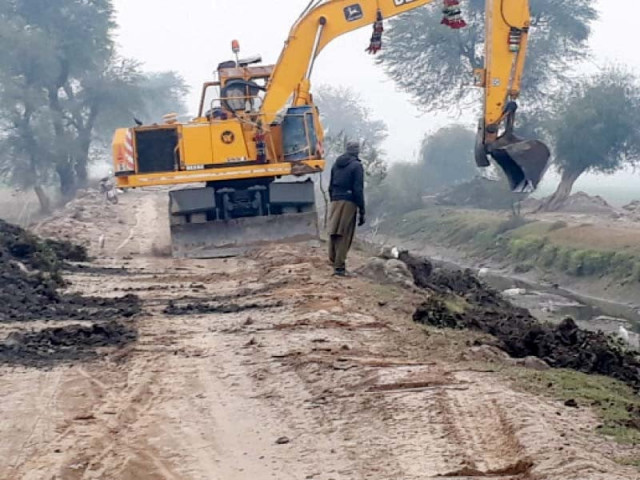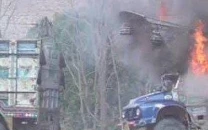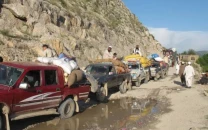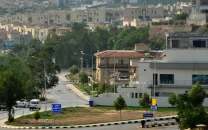Pre-monsoon drain desilting drive launched
Project aims to be completed by June 30, ahead of the flood season starting in July

As part of pre-monsoon preparations, the Water and Sanitation Agency (WASA) has launched a major desilting operation of the 22-kilometer-long Nullah Leh and 13 major stormwater drains across Rawalpindi.
Of total estimated cost of the project is Rs140 million, Rs80m will be spent on the complete desilting and realignment of Nullah Leh, while Rs60m is allocated for the storm drains.
The Punjab government has approved the budget for this project. The desilting of Nullah Leh and the storm drains is scheduled for completion by June 30. The flood season for Nullah Leh is expected to run from July to September 15.
Following Eidul Azha, a full-scale flood rescue drill will be conducted in low-lying areas like Javed Colony and Nadeem Colony. This exercise will include teams from the 111 Brigade, Rescue 1122, Civil Defence, and local police to simulate the evacuation of residents in case of flooding. The 111 Brigade will also be placed on red alert once the flood season begins.
From June 15, a centralised Flood Control Room will be activated under the supervision of the Rawalpindi Deputy Commissioner. This control room, located at the Civil Defence Headquarters, will have representatives from all 12 relevant departments.
The Cantonment Boards of Rawalpindi and Chaklala will be responsible for cleaning the 11-kilometer stretch of Nullah Leh and associated storm drains that fall within their jurisdiction.
A special survey by the Civil Defence Department has identified 20 high-risk locations along Nullah Leh and the storm drains. These include Javed Colony, Nadeem Colony, Arya Mohalla, Chah Sultan, New Katarian, Amar Pura Drain, Dhok Dalal Lai Bridge, Dhok Najoo, Mohalla Raja Sultan Drain, Hazara Colony, Ratta Amral, Mohanpura, Gawalmandi, Dhok Chiragh Din, Tench Bhatta Chowk, Dhok Khabba, Arya Mohalla (again), and Sadiqabad.
The department has recommended enhanced monitoring and deeper desiltingby an additional two to three feetat these vulnerable points.
According to the WASA spokesperson and Director of Administration, Umar Farooq, the cleanup is being treated as a top priority. Both heavy and light machinery is being used, and this year, even hard-to-reach areas in narrow, congested streets will be cleared.
The desilting will improve water flow in both Nullah Leh and the storm drains. Moreover, the operation will continue beyond the initial cleanup until the end of the flood season.





















COMMENTS
Comments are moderated and generally will be posted if they are on-topic and not abusive.
For more information, please see our Comments FAQ